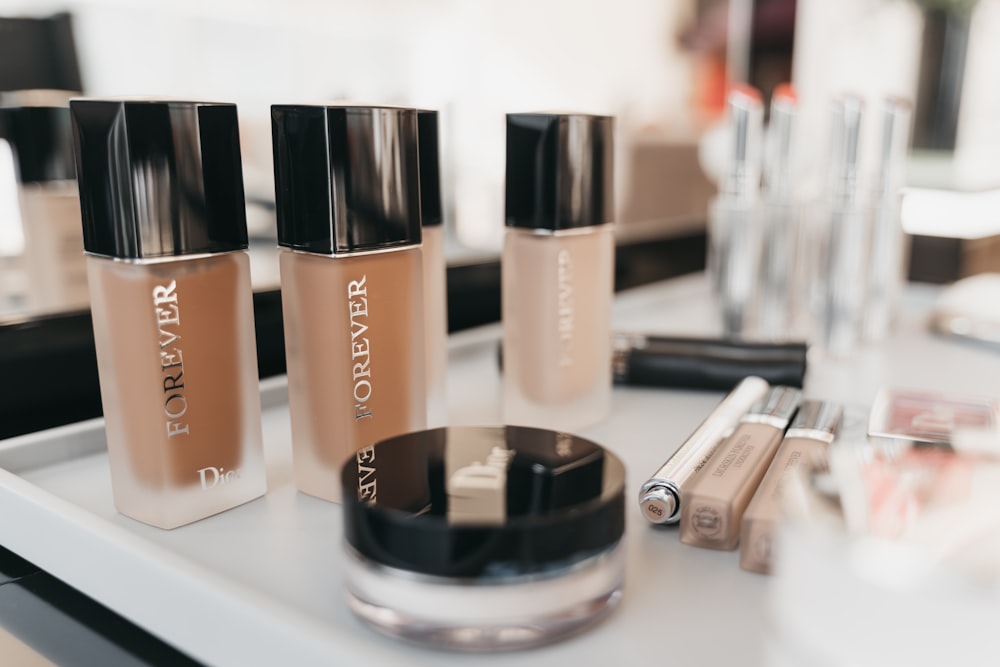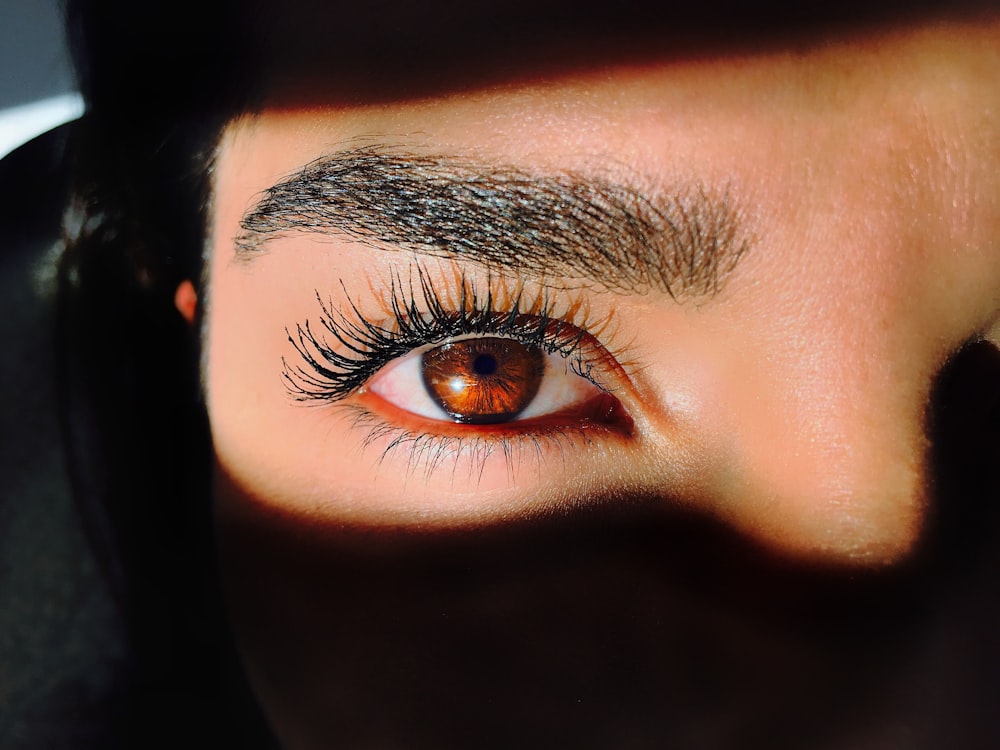
Your complete guide to makeup expiry – know when to toss it!
We’ve all seen the little symbols on our favourite makeup products – you know the one of the little pot with a number on it? Well it’s not just there for decoration! That symbol is your PAO – and it will protect you from getting sick from the bacteria in your makeup!
Ignoring a product’s PAO (Period After Opening) warning could result in major bacteria build up and product reformulation, as well as just making your skin break out with al the dirt that has accumulated in your product.
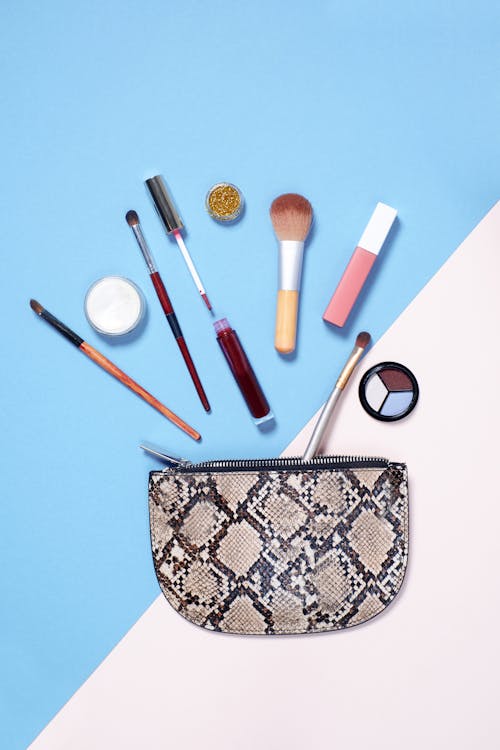
Now, we know it’s heartbreaking to be told that your favourite Benefit mascara won’t see you through the year, but trust us, you’re better off – would you rather keep using your clumpy mascara and end up with an eye infection?
*shudder*
Never fear! We’re here with your master guide on how long you should be using and keeping all the steps and products in your makeup routine. This is your no-nonsense shelf-life expiration explanation, along with a few tips to help you figure out what you should be dumping from your makeup bag!
Moisturiser 2 years
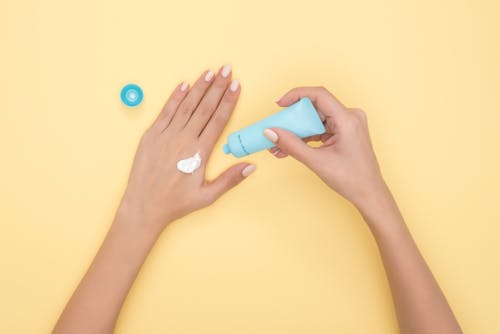
A moisturiser is not something that we typically think of when we think of expired makeup products, but 2 years is the cap on this skincare staple! Once opened, your moisturiser should smell fresh and have a creamy or congealed texture. You can tell it’s spoiled once the smell becomes unusual, usually a sour kind of smell. The texture will become separated, with a watery and fatty element that will let you know it’s time to toss it.
Foundation 1 year
No matter if you’re using powder, mineral or liquid foundation, it’s time for it to go after the 1 year opening mark – yes, even your expensive MAC one! It should be a smooth and easily blended texture. Because brushes and sponges are often in contact with these liquids and powders, it means there’s more bacteria transfer between your skin and the product, meaning the one year mark is the throw out point if you want to avoid messing up your skin’s cleanliness.
Concealer 1 year

Concealers need to be easily blendable, so once yours start drying out, it’s a warning sign it’s time for it to go. Anything lumpy or cakey after 1 year – and especially if it smells off – you need to throw it away as you’ll mess up your skin further!
Powder, eyeshadow and blusher 2 years
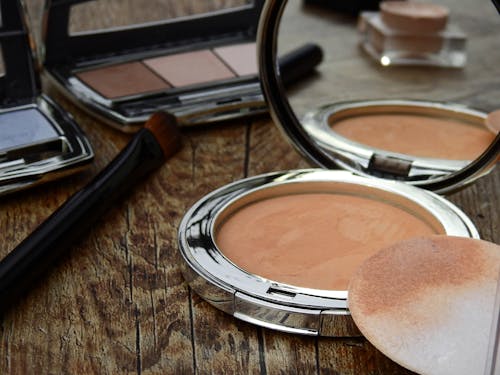
Powders and blushers have a longer shelf life than the average makeup product, but it still doesn’t last forever. Another one that your makeup brushes regularly are in contact with, your powder will really only be as clean as your makeup tools. Keep lids tightly closed and away from very hot temperatures to ensure they last as long as they should and if they have a waxy texture, it’s time to toss.
Brow pencil 2 years
If you want to keep your brow pencil clean and within date for the full two years, be sure to look after it well! That means regular upkeep, sharpening it often and keeping a cap well screwed onto it. Fresh nib means no new bacteria transfer between your last application and your next one! If the nib starts to whiten, then it’s definitely time for it to go!
Mascara 4-6 months

This one is a tricky one, as we rarely use all our mascara before the 4 to 6 month mark, but we can definitely tell when it’s time to throw them out. There’s nothing more irritating than trying to apply dried out mascara! It clumps instantly. Try not to pump your mascara wand in and out of the tube, as that forces more air in and dries it out more quickly, as well as allowing more opportunity for bacteria to grow – and an eye infection is the last thing we need from our mascara!
Eyeliner 6 months – 1 year

Your eyeliner has a slightly longer time than your mascara – if it’s pencil. Liquid liner will expire more quickly, lasting around the same time as a mascara. Another spot that’s susceptible to bacteria, the texture and smell will change when it goes off. Pencil liners should also be pared as regularly as brow pencils and cared for in the same way to minimise bacteria.
Lipstick 2 years
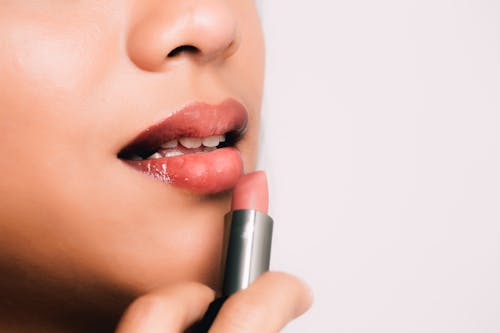
Lipsticks contain many preservatives that allow them to keep for quite a while if properly cared for. They have lots of hydrating agents so they rarely dry out. Never keep the lid off and try to use a lip brush rather than applying directly to avoid bacteria transfer. Give them the occasional wipe with an antibacterial to try keep them as clean and long-lasting as possible!

